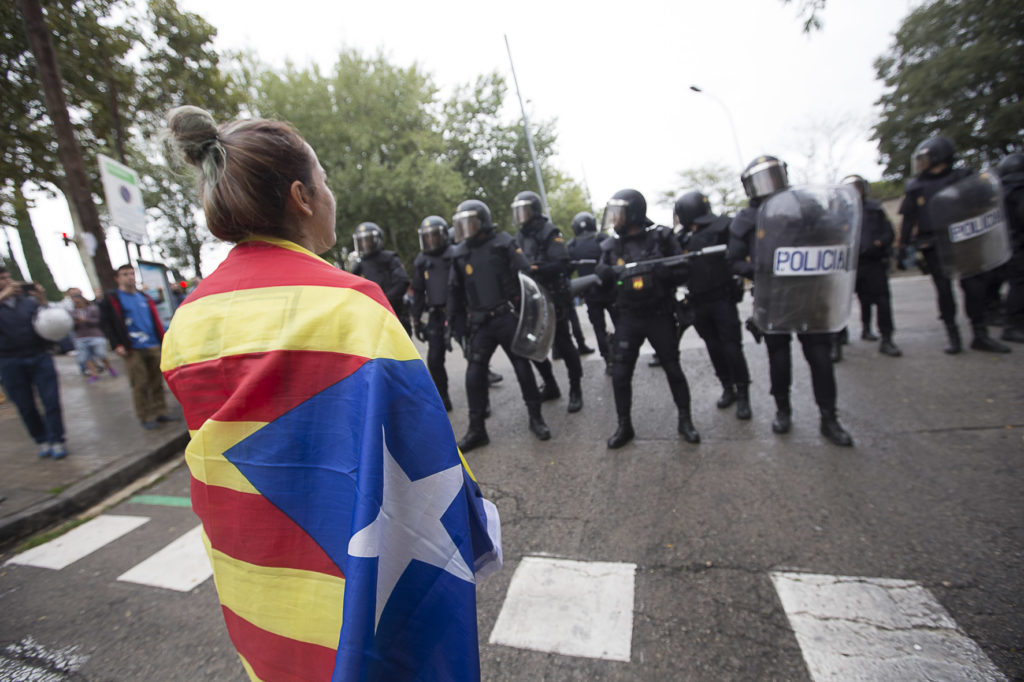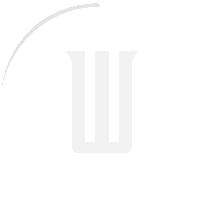01.10.2018 - 05:05
On October 1, 2017, Catalonia held a referendum on self-determination. Called by the Catalan government, it had been deemed illegal by Spain.
The question voters were asked to answer: “Do you want Catalonia to become an independent state in the form of a Republic?” Up to 2,286,217 votes were counted, of which 2,044,038 (90.18%) were ‘yes.’
But it was not a normal referendum. The Spanish police and the paramilitary Guardia Civil crackdown of the vote saw more than 1,000 injured. Up to 319 polling stations were forced to close by the police – affecting 770,000 voters.
The events of that day shaped the political landscape of Catalonia and Spain – some say for generations.
The final hours before the vote
Friday 29 September 2017 was the last night of the referendum campaign. Pro-independence forces held a major event in Barcelona and it was there that the leader of Òmnium Cultural, Jordi Cuixart, urged citizens to “protect” the polling stations and the ballot boxes. Cuixart, who has now been behind bars for almost a year, said not a single polling station should be left behind.
Citizens responded en masse: that weekend, hundreds organized cultural and social events at the polling stations to avoid the police sealing them. They wanted to be there to guarantee that on Sunday, at 9am, they could open.
On Saturday 30 September 2017, the Spanish Guardia Civil raided the Catalan government IT center, the CCTTI. That very same day, the Foreign Affairs Ministry of the Catalan government sent a memo to all governments abroad confirming that, on Sunday, a referendum would be held in Catalonia.
Referendum Day
At 5am on referendum day, around 60 vans from the Spanish Guardia Civil left the Port of Barcelona, where they had been staying for days, in order to stop the referendum.
Meanwhile, queues were starting to form in front of the polling stations all around Catalonia. Ballot boxes, hidden up until then by groups of volunteers, started to arrive.
At 7am, the Catalan government made a first announcement to try to circumvent a possible repression of the vote: citizens would be able to cast their ballots at any polling station, as the census was “universal.” Through an online platform, polling agents would be able to confirm whether someone had the right to vote or not, or whether it had voted or not already.
One hour before the polling stations were to open, the Spanish Guardia Civil tweeted a message with article 1.2 of the Spanish Constitution, which many read as a warning to Catalans that wanted to vote: “The national sovereignty resides in the Spanish people.”
Before 9am, the Spanish police and the Guardia Civil had started their crackdown of the referendum. The CEIP Ramon Llull in Barcelona was the stage for one of the tensest scenarios, with dozens of riot Spanish police officers trying to stop the vote.
Meanwhile, at other locations, people stood in line while watching, on social media, the first videos and pictures of police violence.
Spanish agents targeted polling stations where high-ranking politicians were expected to vote. Shortly after 9am, Spanish police shut down the polling station where the then Parliament Speaker, Carme Forcadell, was expected to cast her vote. She ultimately did it in another location.
Guardia Civil officers also violently raided the polling station of Sant Julià de Ramis, in Girona, northern Catalonia. It was a symbolic place: President Carles Puigdemont had to vote there. Hundreds of cameras, many of them from international TV channels, broadcast the police operation live, images that would cause shock world-wide. Puigdemont managed to vote in a small town nearby and condemned the violence by Spain.
Police operations to stop the vote happened especially during the morning and midday. By the afternoon, they had stopped. All in all, there had been operations by the Spanish Guardia Civil, the Spanish police and the Catalan Mossos d’Esquadra throughout 625 locations, 245 towns. In 77 of those, there was violence.
In some if these cases, dozens of officers arrived in small towns housing only a handful of hundred voters. Videos of that day became viral on social media. One of the most dramatic ones was filmed at the IES Pau Claris, in Barcelona. In the video, officers could be seen forcibly pushing voters down a flight of stairs. One woman is grabbed violently by the face and the hair, while others are dragged out, or fall backwards onto crowds.
The Referendum aftermath
Although Spain’s international allies agreed with the Spanish government on deeming the referendum illegal, its violent crackdown received world-wide condemnation.
The then Spanish president, Mariano Rajoy, said that police had acted according to the law to defend the Constitutional order, but his European counterparts – in some case in private calls – urged him to avoid an escalation and any more use of violence.
In fact, many analysts consider that police operations to stop the referendum were halted at around midday following international pressure.
On October 3, Catalonia held a massive strike to protest against the police violence. Seven days later, Parliament met and Carles Puigdemont announced that he was “suspending” a declaration of independence to engage in negotiations.
On October 16, two civil society leaders, Jordi Cuixart and Jordi Sànchez, were arrested accused of sedition and rebellion. They have been behind bars since.
Declaration of independence
The Catalan parliament, after a dramatic day of U-turns, declared independence on October 27. That same day, the Spanish government suspended self-rule, dissolved Parliament and sacked all the government ministers and the President.
On November 2, half the government was imprisoned in Madrid. The other half, including president Puigdemont, was in Belgium. Spain issued European Arrest Warrants but dropped them twice. Belgium and Germany refused to extradite the Catalan leaders, which continue to live abroad to this day. Two other pro-independence leaders are seeking refuge in Switzerland.
On an election on December 21, pro-independence forces maintained their overall majority in the Catalan parliament, although unionist Ciutadans (Cs) was the biggest party. After a long period of negotiations and a ban by Spain for re-electing Puigdemont and other former ministers as presidents, a new president was named: Quim Torra.


